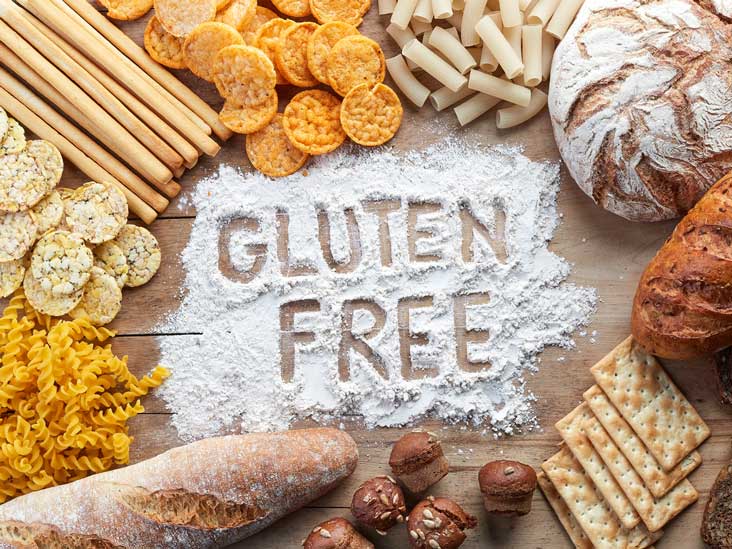Contents
Gluten intolerance has been getting a lot of attention over the last few years. It can lead to symptoms such as diarrhoea, constipation, rashes, and a variety of other issues. In most serious cases, action needs to be taken immediately and you have to find alternatives. The issue is that gluten can be found in so many things. There’s also the fact that gluten has a great effect on the taste and texture of certain foods, and you may need to adapt. Let’s take a look at how to get started with a gluten-free diet.
Learn How to Read Labels
If you’ve been diagnosed with gluten intolerance or celiac disease, you’ll have no choice from now on but to pay very special attention to labels. Many products will show if they contain gluten, but you can look at the list of ingredients and see if there’s anything that could cause an issue.
Ingredients to watch out for include:
- Wheat
- Barley
- Rye
One place where you can’t check labels is when you’re ordering food out. If you have coeliac disease, it is often safer not to buy takeout unless the restaurant has a GF section on their menu, otherwise, you run the risk of eating food contaminated by gluten.
Look for Gluten-Free Ingredient Substitutions
The next thing you will need to do is get familiar with gluten-free alternatives. We’re talking about cooking ingredients here. By knowing which types of flours do not contain gluten, for instance, you will be able to cook some of the things you love without losing taste or texture.
When it comes to flour specifically, you can substitute wheat flour for things like almond meal flour, pea flour, or potato flour. Potato flour is especially great for making baked goods and often gives them a better taste and texture.
One thing you have to know, however, is that all grains have a certain risk. That is because different types of flour are often grown and milled around each other, which can lead to cross-contamination. If you want to reduce the risk, you have to go for foods labeled as gluten-free and certified gluten-free by a third party.
You can buy certified gluten-free foods from larger supermarkets and online stores such as a discount chemist like Pharmacy Online.
Get Everyone Involved
If you’re dealing with gluten intolerance or celiac disease, then you want to get everyone in your household involved. This will make things easier for you and prevent some gluten from falling through the cracks by accident. Just ingesting a tiny amount of gluten can affect your digestive system and block it from absorbing nutrients, so that’s not something you can take lightly. Let them know of your condition, what it means, and what they can do to help.
This is how you can start on the gluten-free diet with minimal hassle or issues. We suggest that you start looking at more ways that you can stop eating gluten while enjoying your diet.

